In the latest Brookings essay, Chrystia Freeland relates a personal narrative of Ukraine’s past 25 years and of how Russian President Vladimir Putin has plunged Ukraine-Russia relations to their current toxic state. It makes for a very interesting read.
One issue that Freeland’s essay highlights is how the Russian regime has tried to twist the issue of ethnic and regional divides for its own purposes. This type of effort to manipulate identity has echoes in numerous conflicts around the world—from the Balkans to Syria and Yemen and beyond.
In the Ukrainian case, Freeland writes about the division between “the mainly Russian-speaking majority of Ukrainians in the eastern and southern regions of the country, and the mainly Ukrainian-speaking majority in the west and center.” Putin may have thought he could exploit that divide. But the Russian president’s actions appear to be closing it in that part of Ukraine not occupied by separatist/Russian forces—well over 90 percent of the country.
When I prepared in 1997 for my assignment as ambassador to Ukraine, I read a lot about the east/west divide. A few years earlier, a U.S. National Intelligence Estimate had questioned whether Ukraine might not break up along that line.
As Freeland rightly notes, the division is often over-simplified. It is not so much an ethnic divide. Ukraine’s population is only 17 percent ethnic Russian. Curiously, Putin always mangled this fact, claiming that 17 million Ukrainians were ethnic Russians, which would equate to 37 percent of the population. He is no fool; the mangle was intentional.
While most ethnic Russians live in the eastern part of the country or Crimea, ethnic Ukrainians constituted a majority in the pre-conflict Donetsk and Luhansk oblasts (provinces). With the number of internally-displaced persons and refugees estimated at more than 1.5 million, the ethnic breakdown now is less clear. Crimea was the only part of Ukraine where ethnic Russians made up a majority of the population.
The east/west divide holds generally true for language use, but that also over-simplifies the situation. Kharkiv in the east is a Russian-speaking city, but it is surrounded by villages where Ukrainian is the first language used. I found Ukrainians pragmatic in this regard. If they do not speak both Ukrainian and Russian—or Surzhik, a mix of the two—most understand both. Conversations in which one person speaks Ukrainian and the other Russian are not unusual.
During my assignment to Kyiv from 1998 to 2000, I made a number of visits to what was regarded as eastern Ukraine. People there tended to speak Russian and wanted good relations with Moscow, but they generally saw themselves as Ukrainians. The impression of national identity was not nearly as deep in Donetsk or Kharkiv as it was in Lviv, but one could sense it. It struck me as an important point, which ran against the concern raised in the earlier National Intelligence Estimate. I stressed that point to Vice President Al Gore when he came to Kyiv in July 1998.
Over the course of the 2000s, the east/west dividing line continued to blur. For example, the results of the 2006 parliamentary elections showed the Party of Regions (an “eastern” party led by Victor Yanukovych) making inroads in western and central Ukraine, while the Bloc of Yulia Tymoshenko (a west-leaning party) scored gains in the east.
A public opinion poll, conducted in April 2014, just as the first separatist actions began in Donetsk and Luhansk, confirmed this blurring of the divide. It showed that, while large numbers of people in Ukraine’s east were uncomfortable with how power had changed in Kyiv during the Maidan Revolution, a large majority favored remaining part of Ukraine.
To my mind, all this shows the real tragedy of what has happened in Donetsk and Luhansk since March 2014. Left on their own, Ukrainians could have worked out their differences peacefully—or at worst with a fraction of the blood that has been shed the past 15 months. Instead, the Kremlin inspired, provided leadership for, and equipped an armed separatist conflict. It later sent in regular Russian army units. As a result, more than 6,000 people have died.
Outside of that portion of the Donbas under separatist and Russian control, which amounts to only three or four percent of Ukraine’s territory, Russia’s aggression appears to be erasing the dividing line. It is bringing Ukrainians together.
This was evident already when I visited Kyiv in September 2014, just after the Russian army had entered the Donbas to attack Ukrainian forces. One long-time Ukrainian contact told me: “Vladimir Putin has realized the dream of centuries of Ukrainian nationalists. He has forged a strong sense of national identity.”
That sense of identity extends across most of Ukraine. When I was in the country this January, I had the opportunity to drive from Dnipropetrovsk (which most would regard as in eastern Ukraine) to Kramatorsk, the field headquarters of the Ukrainian army in northern Donetsk oblast, about 45 kilometers from the line of contact between Ukrainian and separatist/Russian forces. The most striking thing while passing through towns and along the roads were the same manifestations of Ukrainian national identity that one could see in Kyiv: Ukrainian flags and their blue and yellow colors painted on fences, buildings, and road-markers.
One unintended consequence of Putin’s nasty little war is this sense of Ukrainian unity. The Russian president may himself recognize what his policies have done. He spoke often in the spring and summer of 2014 about “Novorossiya,” which Russians envisaged as stretching from Luhansk in the east to Odesa in the west, encompassing as much as 40 percent of Ukraine’s territory. Putin no longer mentions “Novorossiya”—most of that territory and its population are now firmly committed to Kyiv and the state of Ukraine. Pushed along by the Kremlin’s misguided policies, Ukraine’s east/west divide continues to erode.
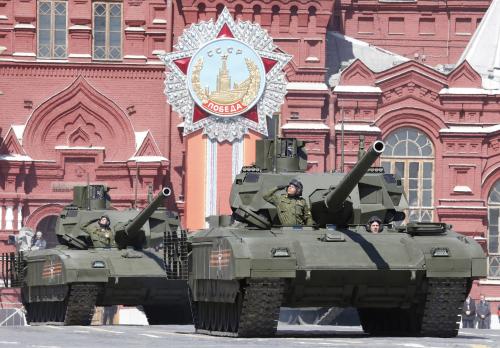
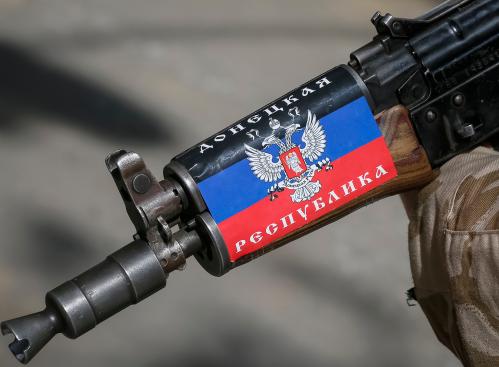

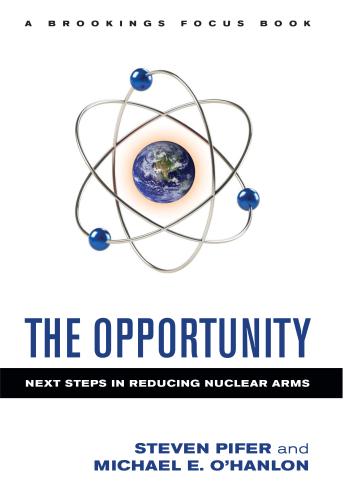
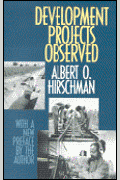
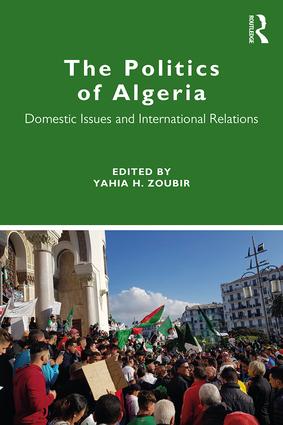
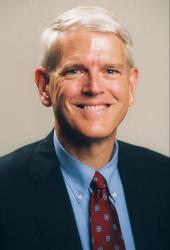
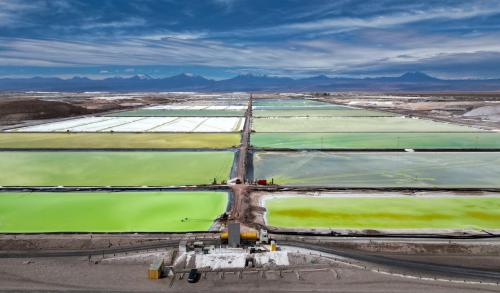

Commentary
Putin and Ukraine’s east/west divide
May 14, 2015